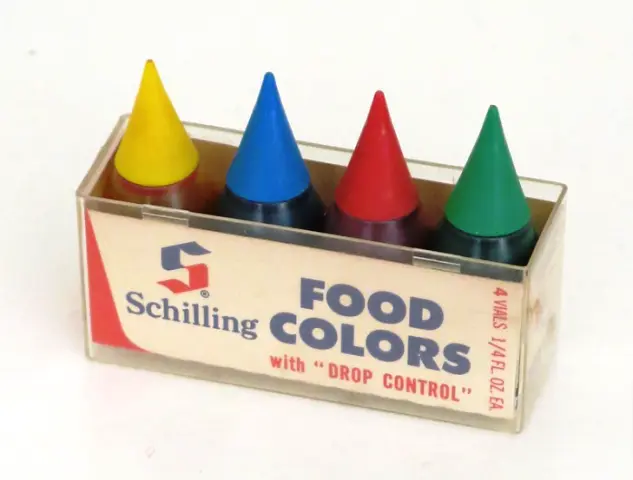The use of food coloring in products intended for birds, particularly in bird feed and water, has been a subject of debate among ornithologists, aviculturists, and bird enthusiasts. This article delves into the potential impacts of food coloring on avian health, considering scientific research and expert opinions.
Understanding Food Coloring
Food coloring, or food dye, is a substance used to impart color to food and drink. These can be natural, derived from plants and minerals, or artificial, made from synthetic chemicals. The safety of these colorants has been extensively studied in humans, leading to regulations and guidelines for their use. However, the effects on birds are less understood.
Birds’ Physiological Reactions to Food Coloring
Birds have different metabolic and digestive systems compared to humans. This distinction raises concerns about how their bodies process and react to food dyes. While there is limited specific research on birds, some studies on animals have shown adverse effects, particularly with certain artificial colors. These effects include behavioral changes and potential toxicity at high concentrations.
Impact on Wild Birds
The use of food coloring in bird feed and supplements is of particular concern for wild birds. In nature, birds choose their food based on color, often as an indicator of ripeness or toxicity. Introducing artificially colored food could disrupt these natural instincts, potentially leading to an imbalanced diet or the consumption of harmful substances.
Additionally, there is the risk of environmental contamination. Artificially colored bird feed, when scattered, can introduce non-native substances into ecosystems, potentially affecting other wildlife and plant life.
Domestic and Captive Birds
For domestic and captive birds, the use of food coloring in their diet is often for aesthetic purposes, to enhance the color of feathers or to make food more appealing to owners. However, the necessity and impact of these additives are questioned. Without clear evidence of benefits, and with potential risks, many avian experts advise against the use of artificial food coloring.
Natural vs. Artificial Food Coloring
While artificial food dyes are the primary concern, natural food colorings are often seen as a safer alternative. However, even natural colorants can have unexpected effects on birds, depending on their source and concentration. Careful consideration and expert consultation are recommended when using any additives in bird food.
Regulatory and Health Perspectives
In terms of regulation, there is a lack of specific guidelines for food coloring in bird food, unlike the stringent controls for human food. This gap highlights the need for more focused research and regulation in this area to ensure avian safety.
From a health perspective, bird owners and feed manufacturers are urged to prioritize natural, uncolored food. A diet that closely mimics what birds would consume in the wild is generally considered the healthiest option.
Ethical and Conservation Considerations
Beyond health, there is an ethical dimension to consider. The use of food coloring for aesthetic purposes raises questions about human intervention in the natural appearance and behavior of birds. Conservationists also stress the importance of maintaining natural feeding habits, especially for wild birds, to support ecological balance.
Conclusion
In summary, while the direct impact of food coloring on birds is not fully understood due to limited research, the potential risks associated with artificial dyes, in particular, suggest a cautious approach. For wild birds, the introduction of colored feed can interfere with natural behaviors and potentially harm ecosystems. For domestic and captive birds, the use of such additives seems unnecessary and potentially harmful. Natural, uncolored food is recommended for the health and well-being of birds, aligning with the principles of ethical care and conservation. Further research in this field is essential to develop comprehensive guidelines and ensure the safety and health of avian species.
MORE POSTS: Will cayenne pepper hurt birds?
Swatisweta Parida
Latest posts by Swatisweta Parida (see all)
- Does Food Coloring Hurt Birds: Investigating the Impact on Avian Health - December 17, 2023
- Will cayenne pepper hurt birds? - December 17, 2023
- 9 Animals that start with an F - November 13, 2023

